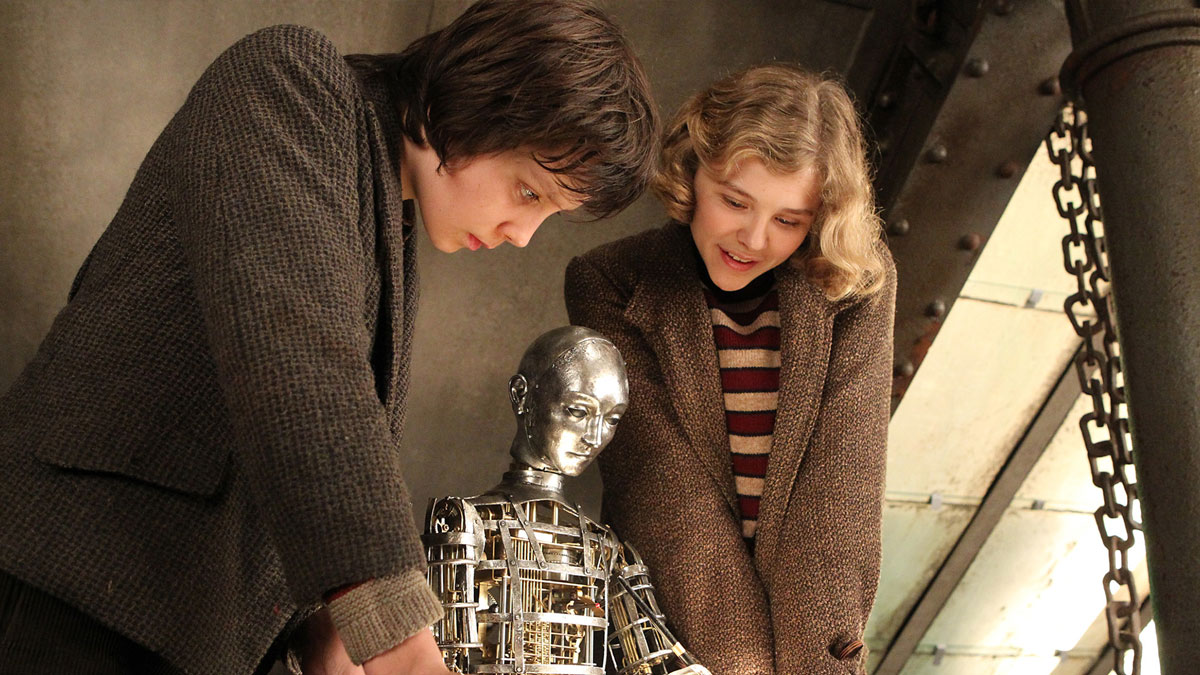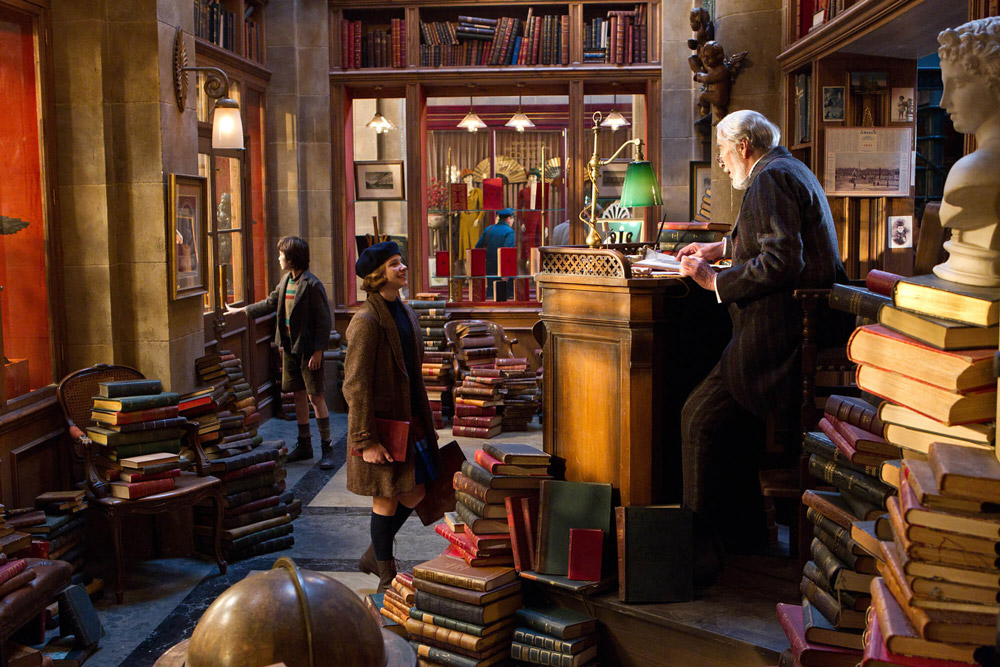
(C) 2011 Paramount Pictures. All Rights Reserved.TM, (R) & Copyright (C) 2013 by Paramount Pictures. All Rights Reserved.
"Hugo" The Mystery of the Automaton and the Happy Finale
2018.12.05
The relationship between Méliès and the automaton
However, some people may have felt confused about the relationship between Méliès and the automatons depicted in this work. Selznick uses Gaby Wood's book `` Living Dolls '' (*2) as his source material, and synthesizes episodes from multiple real people.
One of them is Henri Mayardet , an 18th century Swiss watchmaker. In addition to making watches, he also made extremely sophisticated automatons. His ``Draftsman-Writer '', which wrote three poems in French and English and also drew four types of pictures, is said to be a masterpiece of automaton.
The second was the 18th century inventor Wolfgang von Kempelen . He was a senior Austrian official, and in 1770 he invented the chess-playing automaton Turk (*3) to please Archduke Maria Theresa. It is said that this Turk was actually operated by a human being inside (*4) using a pantograph mechanism , and its name became so famous that it left its mark in the history of automatons.
After Kempelen's death, Turk passed through several owners, and in 1840, a doctor named John Carsley-Mitchell donated it to the Chinese Museum in Philadelphia. However, it did not gain popularity, and eventually it was left next to the back stairs, and people gradually forgot about its existence. Coincidentally, the museum also housed Mayardet's draftsman-writer.
Then, in 1854, a fire broke out at the National Theater on Chestnut Street, spreading to the Chinese Museum and destroying the Turk. Although the Draftman-Reiter survived the fire, the damage was severe and years passed without it moving. In 1928, it was donated to the Franklin Museum of Science in Philadelphia, where it was restored by curator Charles Roberts.
Of course, the story of ``Hugo...'' does not directly reflect Draftsman-Writer or Turk. However, this episode is reflected in the setting in the play where Hugo's father burns to death in a museum fire.

"Hugo" (C) 2011 Paramount Pictures. All Rights Reserved.TM, (R) & Copyright (C) 2013 by Paramount Pictures. All Rights Reserved.
The third person is Robert-Houdin (*6), who is called the father of modern magic. He spent his youth as a watchmaker and used his experience to create several elaborate automata. A dedicated theater will also be opened to perform shows that combine these and magic tricks. Although he himself retired as a magician in 1856, it was the young Méliès who continued to train as a magician at the Théâtre Robert-Houdin.
In 1888, Méliès sold his inheritance of his father's shoe company to his brother and used the money to buy the Théâtre Robert-Houdin. The stage equipment and 10 automatons were still there, so they were restored and re-opened. In other words, although Méliès did not assemble an automaton from scratch himself, he learned the skills to repair it, which he later used as knowledge for modifying movie cameras.
The Robert-Houdin automaton that Méliès had restored and used on stage was donated to the National Museum of Technology (now the Museum of Crafts and Technology) after his retirement. However, it was never displayed and was kept in the attic, until the ceiling collapsed due to a leak and all the automatons were destroyed. This fact also becomes an important motif in the story of ``Hugo...''.
*2 The idea of linking automata and film history using Méliès as a point of contact was largely due to this book. Gaby Wood also mentions the profound impact that World War I had on Méliès.
*3 Turkused tricks, but Kempelen talking machineactually invented it. The Turk was also fitted with a device that uttered the word ``eschek'' (king hand), and it is said that this voice was repeated when it burned in a fire.
*4 An imaginary drawing of the person inside Turk also appears in the bonus footage of the Blu-ray of ``Hugo...''. The image of the man inside putting his arm directly into the Turk was drawn by Gamaliel Bradford in 1826 based on Robert Willis' theory. However, this theory turned out to be wrong, and in 1857 Silas Weir Mitchell developed a complex pantograph mechanismIt was revealed that he was using.
*5 Painter/naturalist charles wilson pealA museum founded by.
*6 Robert-Houdin was given his stage name after Harry Houdini, a master of escape magic who is also known for the movies ``The Magician '' (53) and ``Houdini the Illusionist' ' (2008). be. In other words, they read Houdin in English and added an i at the end, like the masculine genitive in Latin, to make it Houdini. By the way, the name of the software widely used for effect animation in CG productions around the world is Houdini (Manufactured by Side Effects Software).
*7 In the movie, the Lumière brothers would not sell them a ``cinematograph'' (a projector and a camera), so they told Méliès, ``In the end, I made my own camera. Using leftover parts from mechanical dolls.'' I'm making you say it. In fact, in 1895, he first purchased a special projection machine called the ``animatograph'' from Robert W. Paul in England, and with the camera, he received help from the Isola brothers, who were disciples of Emile Voisin. They were so mechanically savvy that they built a projector four days after seeing the cinematograph.
By the way, Emile Voisin was the grandson of Andre Voisin, who was famous as a maker of magic tools and automata, and he inherited the shop that his grandfather had built and sold these items. He also performed on stage as a magician himself and was passionate about nurturing the next generation. In fact, Méliès also received instruction in magic from him.
Méliès is assembling a camera and projector called the Kinetograph by fusing the Isola brothers' Isolatograph with the animatograph. However, Méliès was busy, so he hired engineers Lucien Corstan and Lucien Roulot to complete the work in 1896. However, it was not easy to use, so in 1897 he purchased a camera from Gaumont, Lumière, Pathet, and others.

